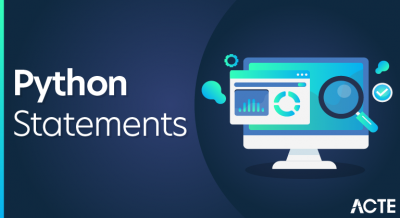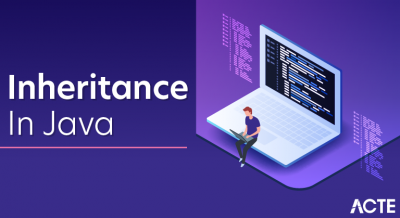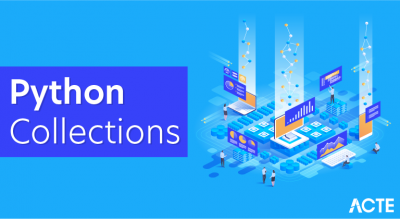
- Software development is the process of conceptualising, specifying, designing, programming, documenting, testing, and fixing bugs involved in creating and maintaining applications, frameworks, or other software components. Software development involves writing and maintaining source code, but in a broader sense, it includes all processes from the conception of desired software to the final disclosure of the software, usually in a planned and structured process. Software development also includes research, new development, prototyping, modification, reuse, re-engineering, maintenance, or any other activities that result in software products.
- Software can be developed for different purposes. The three most common purposes [according to whom?] are: to meet the specific needs of a specific customer or organisation (known as custom software), [citation needed] some set of potential users (as in commercial software). Known) to satisfy a perceived need for ), [citation needed] or for personal use (e.g. a scientist may write software to automate a mundane task). Development process integrating with controlled physical product development. System software underlies the applications and programming process itself, and is often developed.
- There are several approaches to software project management, which are known as software development life cycle models, methodologies, processes or models. The waterfall model is a traditional version, in contrast to recent innovations in agile software development. [citation needed] Although it is often used as an interchangeable synonym for “software development”, the term “software engineering” is also used to refer to it. A specialised approach to software development, which uses engineering methods and in some cases involves professional engineering qualifications.
Introduction to Software Developer:

Tools:
1. GitHub
The world’s leading software development platform. GitHub is a web-based*** repository hosting service. In simple words, it is like Google Drive for software projects, where you can find the code. When uploading your project, you have the option to make it public or private. The community is huge and the base of the project is also GitHub is also an excellent place for collaborative development, where developers can discover, share and build better software.
2. Binfire
Bonfire is another online project management software tool that is trusted by both traditional and distributed teams. It offers real-time collaboration with features like an interactive whiteboard, message board, burndown chart, project folders, collaborative PDF markup, real-time notifications, status updates and much more. In Task Management, you can find the Issue Management, Bug Tracking, and Document Collaboration sections.
3. GitLab
GitLab is the leading integrated product for modern software development. By combining issue management, version control, code review, CI, CD, and monitoring into a single, easy-to-install application, they help teams go from planning to monitoring faster.
4. IntelliJ Idea
Intellij is an integrated development environment. An IDE integrates all the tools you need to develop a platform, so it has a code editor, a compiler, a debugger, etc. Once your source code is indexed by IntelliJ IDEA, it provides a fast and intelligent experience by providing relevant suggestions in every context. : Quick and clever code completion, code analysis and reliable refactoring tools.
5. Stack Overflow
Stack Overflow is the largest online community for programmers, visited by over 50 million developers every month. It is a place where they learn, share knowledge and advance their careers. Our developers love this platform and visit it almost every day because you can find answers to almost all your questions and doubts.
6. Docker
It is probably not 100% correct to say that it is a tool, as it is a container, but we believe it should be listed here. Docker is an open platform for developers and system administrators to build, ship and run distributed applications. What Docker does is that it provides a software containerization platform that enables you to package your software into a file system.
7. Cumin
Jira is the #1 software development tool used by Agile teams. It helps in planning, tracking and managing software development projects. Plus, it helps optimise workflow, collaborate, and release great software. It really helps a lot when it comes to project management. It allows you to manage the team backlog, visualise work in progress, and generate reports.
8. Jenkins
Jenkins is an open source automation server, specifically a continuous integration server.
9. Sangam
Confluence is a software used for team collaboration. It’s a great place to put together the ideas, requirements the product team is working on, and documentation to improve it. It’s great because it’s so easy to use and everyone can contribute.
10. Feedly
Feedly is a tool that helps you organise, read and share what’s really important to you. This is a type of news feed where you can add blogs of interest to you. As you know, software developers love to read books and tech blogs, so this is a great place to add your favourites and get new ones to your feed like authors. publish them. In addition, you can organise all your favourite publications, YouTube channels, blogs, etc. It’s actually a very useful tool to stay up to date about what interests you.
11. Slack
Slack is where workflows are. This is where the people you need, the data you share, and the tools you use come together to get the job done. Slack is an amazing app that all members of the Appium Hub team use for communication. Slack really helped us reduce the amount of daily emails, plus it increased communication between different teams.
12. Tumx
Tmux is a software application that can be used to multiplex multiple virtual consoles, allowing a user to access multiple different terminal sessions inside a single terminal window or remote terminal session.
13. Code Project
Code Project is a free source code and tutorial hub for software developers and software architects. In addition to its active community forum, it provides relevant data for aspiring software developers through articles and other resources.
14. Trello
We also use Trello a lot. In fact, it is one of the most used and well-known project management applications. Trello’s architecture is based on the Kanban method. All projects are represented by boards, which have lists. Each list contains progressive cards that you create and can be moved using drag-and-drop. Users who belong to the board can be assigned cards. It has many really useful features, such as: writing comments, inserting attachments, setting due dates, creating checklists, adding colored labels, integration with other apps and more.
15. Chrome Dev Tools
Chrome Developer Tools is a set of web authoring and debugging tools built into Google Chrome. DevTools gives web developers deep access into the internal browser and their web applications. DevTools are useful for tracking down layout issues efficiently as Google Chrome is one of the most popular browsers out there.
16. Sublime Text
Sublime Text is a sophisticated text editor for code, markup, and prose. There are plenty of shortcuts that enable you to open files and jump between lines with ease. Sublime Text lets you replace multiple lines at once thanks to the multiple selection option. You don’t need to go through menus, you can just find what you need. You can also easily switch between projects. it works very well!
17. Axosoft
Exosoft is Scrum software for development teams. Excellent agile project management software solution that can be used for bug tracking. It really has a rich set of tools that every developer needs to ensure that they build and deliver fully functional, bug-free software on time. Axosoft helps build phases, schedule releases, manage versions, and sprints all the way to completion.
18. Breakthrough Tracker
Pivotal Tracker is an agile project management tool for real-time collaboration around a shared, prioritised backlog. It helps to visualise projects as stories or virtual cards, break projects down into manageable pieces, and interact with clients about deliverables and scopes. Tracker can break down stories into future iterations, learning from the natural pace of teamwork. It can accurately predict estimates and project completion.
19. Posture:
Asana is the easiest way for teams to keep track of their work. It is a task management tool that allows teams to share, plan, organise and track the progress of tasks each member is working on. It’s simple, easy to use and free for up to 30 users in a team. Each team can create its own workplace that will contain projects and project tasks; Each task can contain notes, comments, attachments, and tags.
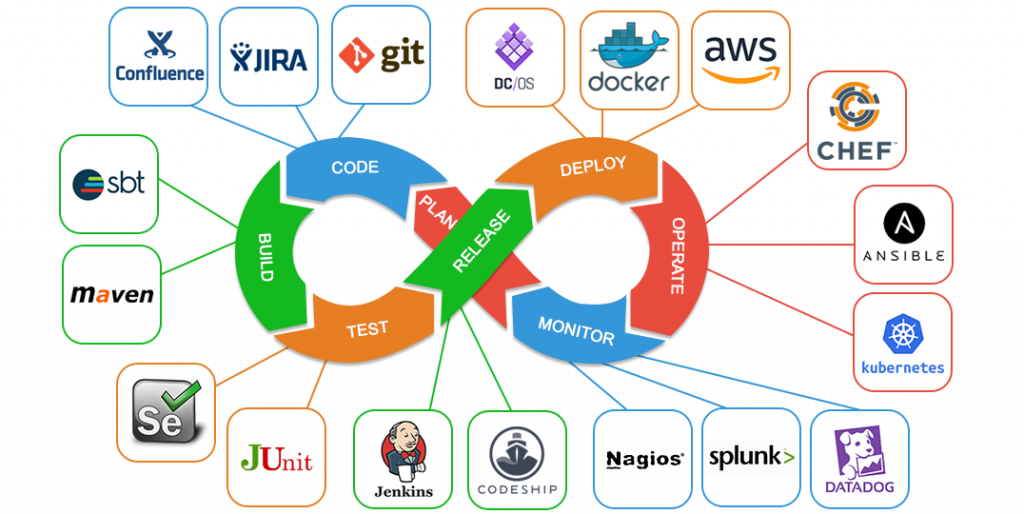
Features / Characteristics:
FOSD is not a single development methodology or technique, but a set of different ideas, methods, tools, languages, formalities and principles. What connects all these developments is the concept of a trait. Due to the diversity of food research, there are several definitions of a specialty [42], eg. (ordered from abstract to technical):
Kang et al. [70]: “a prominent or distinct user-visible aspect, quality, or characteristic of a software system or systems”.
Kang et al. [71]: “A uniquely identifiable functional abstraction that must be implemented, tested, distributed, and maintained”
Czarnecki and Eisenecker [47]: “A distinctive feature of a concept (e.g., system, component, and so on) that is relevant to certain stakeholders of the concept”
Bosch [35]: “a logical unit of behaviour specified by a set of functional and non-functional requirements”
Chen et al. [40]: “a product attribute from the views of the user or customer, which essentially consists of a consolidated set of individual needs”
Batti et al. [30]: “a product feature used to separate programs within a family of related programs”
Klassen et al. [42]: “a triplet, f = (r, w, s), where r represents the requirements that the feature satisfies, w the assumptions that the feature takes about its environment and s its specifications”
zawe [129]: “an optional or incremental unit of functionality”
Light [24]: “increased program performance”
Appel et al. [21]: “A structure that extends and modifies the structure of a given program to meet a stakeholder need, to implement and encompass a design decision, and to provide a configuration option In their seminal work on feature-oriented domain analysis (FODA), Kang et al. [70] was the first to introduce and use the concept of a feature to describe the similarity and variability of software systems.
Unlike FOSD, early work on FODA did not elucidate features in design and code, leading to a complex mapping between features and design and implementation artefacts. Nevertheless, the feature model has been used successfully in many academic and industrial projects and drives research and best practice in software product line engineering [70,47,86,121]. They are the de facto standard in variability modelling in product line engineering, and further work at Ford will build on this success. Since the introduction of the feature model, many refinements and extensions have been proposed.
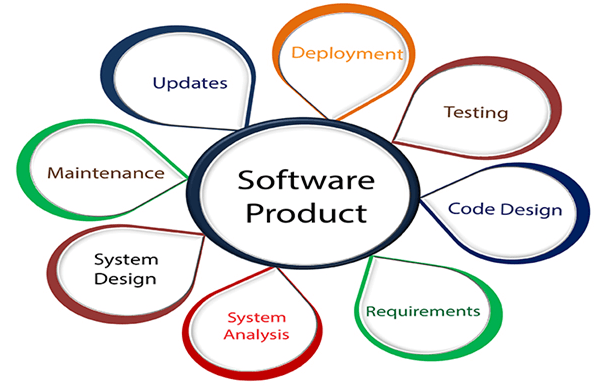
- Software developers conceive, design and build computer programs. Some develop new applications for mobile or desktop use, while others create built-in operating systems. Either way, software developers identify user needs, create programs, test new software, and improve. Working closely with computer programmers, software developers play an important role in the computer systems, manufacturing, finance and software publishing industries.
- This page explores how to become a software developer and covers topics such as job outlook, salary expectations, and professional resources. Below you can also learn about common daily responsibilities, educational requirements and types of jobs to help you decide whether starting a career as a software developer is right for you.
How its works:
- A measurement system tells you important data about the part you are measuring in numerical terms. How sure can you be about the data the measurement system will provide? Is it the actual value you get from the measurement process, or is it the measurement system error you see? Measurement system errors can be costly, and can affect your ability to get the true value of what you measure. It is often said that you can be sure of your reading of a parameter only to the extent that your measurement system can allow it.
- For example, a process may have a total tolerance of up to 30 µm. However, the measurement system you use to measure this process may have an inherent variation (error) of 10 µm. This means you only have 20 microns left as your process tolerance. The measurement system variation is eating into your process tolerances. There is substantial overlap of FOSD with other software development paradigms. We explain the key differences between some popular options.
- The idea of stepwise and incremental software development (SISD) is to encapsulate different development phases that implement different design decisions [128, 98, 99, 105]. The result is usually a total (or at least a partial) sequence of encapsulated development steps (a.k.a. refinement or layers [98, 30]). The goal of this approach is to structure the software to support transformation (by removing and adding layers).1 FOSD shares these goals (and has further goals such as reuse and variation). However, many of the ideas and concepts of FOOD have emerged from SISD. In fact, FOSD is the forced broad development of these early ideas in the context of large-scale software synthesis and software product lines.
Why should I study Software?
- Perpetually Dynamic Technological Landscape
- New Clients and Business Demands
- market trends
- With data being the cornerstone of any business, big data and informatics became the norm within the IT business. Software development has evolved from the collection, storage and analysis of data to meet the needs of large-scale data. With increased scrutiny on widespread data by users, regulatory bodies and governments, securing all this aggregated data has become the first priority for any organization.
- In turn, this requirement has a crystal rectifier to isolate protection as a basic element. Any software system that interacts with data needs to have separate security particles from the onset of the event. With the growth of “data as a service” platforms and the continuing web threats, large-scale data security may become an increasingly dominant trend.
- DevOps has modified the way software systems are developed resulting in more agile and faster software system development along with the general quality of software systems. However, because the cloud has become central to most software systems development, threats to software systems may also increase, in addition to increased reliance on the Net to distribute software systems.
- All these factors have crystal rectifiers for lack of security groups to keep up with the fast pace of software system development and delivery methodology. In distinction, DevSecOps integrates security into every nook and cranny of the software systems development methodology, with security groups providing a continuous overview of all aspects of the DevOps methodology. This integration of security as an outstanding national within SDLC results in secure software systems. Therefore, DevSecOps can succeed DevOps as the common operating method for many development groups within the returning years.
- Augmented Reality, Video Games and Mixed Reality.
- While AR, VR, and Mister have stagnated in recent years, this fact reflects the continued progress that all 3 technologies have made. Most buyers desire new experiences, these technologies can radically modify however we see the world moving forward.
- BMC Software Systems | blog
- Skip to content
- BMC Software Systems | blog
- DevOps Diary
- Today’s High Trend in Software System Development
- To hold hands
Trends:
Production:
Software development is constantly evolving due to the proliferation of changes and enhancements within the Software Systems Development Lifecycle (SDLC), such as:
A technology that is iconic nowadays may quickly become obsolete. If we take a look at this software systems development methodology, many important trends are dynamic, however we do develop, deploy and manage software systems and also develop platforms. In this post, let’s discuss some of the trends in software systems development that will have a high impact on the wider IT business. Low-code and no-code software systems development. This concept may seem contradictory: in any case, what is committed to writing is that software is the basis of system development.
Big data security:
DevsecOps:
Increasing reliance on computer science:
AI has already become a core element in most software systems, from simple PC vision applications to enterprise-scale prediction analysis. Computer science seems to be without stopping the current widespread development, making huge gains in recent years. As most thin AIs become intelligent enough to completely replace humans in most aspects, AI {can do what can match human intelligence} could become a reality within the next decade.
In addition to neural networks and machine learning software systems, AI ranges from static objects of logic to dynamic entities that are self-learning and evolving. It can modify however the software system is developed. Much of the development may shift from building static logic to creating algorithms that can learn and evolve to meet dynamic end-user needs.
Augmented Reality (AR):
It may be the most widely used technology as it has applications in most industries, from eCommerce to dynamic, which users look to navigation with AR-powered GPS apps. AR will become a major part of user expertise with additional and additional reliance on digital technologies. All this equates to software systems development targeted at AR. What’s more, AR development is rapidly gaining momentum with tools like ARCore and ARKit from Google and Apple.
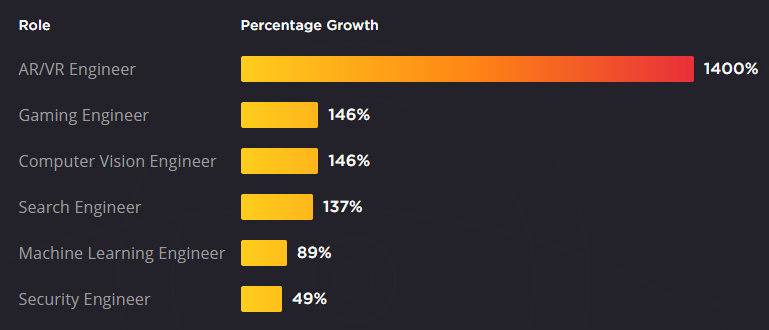
Benefits:
Software developer jobs are becoming more and more fashionable, and a career in it is currently a sensible and respectable option for many people. Take a look at the supreme blessings of choosing the package development path.
The pay rate is incredibly sensible.
According to the official website of the government, the normal rate of getting package developer jobs is between sixty five and ninety five thousand greenbacks per year. This is on top of the New Zealand average of $55,000. Compared to alternative occupations, a career as a developer is within the higher pay bracket, and for someone just starting out, it’s a great deal of disposable income!
Skill Area Unit Transferable.
One of the cool things about the digital age is that it is a universal language. One and zero translate to any country and any company. Package developer jobs across the board work on a similar basis, which suggests that you will be able to move the company, country or perhaps region, and still have the skills needed to find a good job. And usually the company suggests a nice salary increase too!
Work anywhere.
Working from home is a big part of people’s dream, however as a developer you will be able to do much more than that. All you want is a PC and a web association, so you are not confined to your home! You will be able to go virtually anywhere in the world and still work. If you are an associate degree expatriate from New Zealand, this enables you to travel back and visit family without taking a vacation. Maybe you’re the mobile type and want to check out the world? Package developer jobs enable you to get regular financial benefits while still traveling.
Comfortable operating setting.
If you don’t find yourself working from home, you can have a consistently efficient operating setting, at least with employment in IT. A pleasantly quiet workplace, a cushioned chair, quick mesh consistency, an occasional machine… It’s the little things in life that make the day quick. Package developer jobs don’t cause you to work outside in rain, hail or snow!
Conclusion:
Conclusion A cloud-based IT method management could be the answer designed to assist businesses in transforming requirements for project designing, trailing and quality management on a single unified platform. Options include timeline updates, pipeline management, persistent trailing, approval method management, role-based permissions, and notifications. The application provides workflows to help users submit forms, send emails, and import Word files. This allows managers to categorise the resulting tasks and part resources.
Conclusion provides a cooperative space, which lets team members set up and track project activities at the same time. Supervisors can also link tasks to requirements and come in, follow the progress over a period of time. Facility table executives will use custom forms and pointers to consolidate communication and set up high priority queries by misbehaving dynamic SLA views. Conclusion Provides integration with various third-party platforms such as Kerberos, JIRA, Active Directory and more. Ask-to-Ask appraisals are on the market and support is provided via email and phone.

